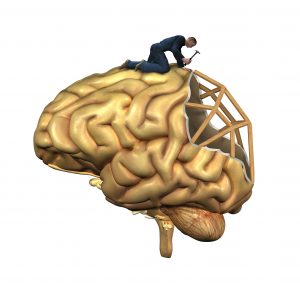We are absolutely thrilled to be able to bring you Mary Massery’s course: If you Can’t Breath, You Can’t Function.
This course will challenge the practitioner to make a paradigm shift: connecting breathing mechanics and postural control with management of trunk pressures.
[caption id="attachment_3785" align="alignright" width="150"] Mary Massery PT, DPT, DSc[/caption]
Mary Massery PT, DPT, DSc[/caption]
As a new graduate, Mary noticed that her colleagues perceived the cardiopulmonary system as primarily a “medical” problem area. She embarked on what has become a career-long mission to change the way that therapists look at respiration.
Through her extensive treating, teaching, writing, consulting, and mentoring, she has challenged therapists internationally to recognize that every muscle of the trunk has a dual role in respiration and the postural control of movement.
Thus, Mary has insisted that the cardiopulmonary system cannot be evaluated and treated separately from issues pertaining to motor performance; that breathing must be viewed as part of the natural interactions that occur between the sensory-motor system and the cardiopulmonary system, rather than as separate occurrences.
Through her model of postural control (Soda Pop Can Model), Mary links breathing mechanics with motor and physiologic behaviors (a multi-system perspective). Research demonstrating the role of vocal folds as postural stabilizers, extending the concept of “core stability” from the vocal folds on the top of the trunk to the pelvic floor on the bottom will be presented. Numerous interventions will be presented that use positioning and ventilatory strategies to optimize motor performance. Neuromotor breathing retraining techniques and manual assistive cough techniques will be the focus of treatment labs. Multiple patient cases will be presented throughout the course. The emphasis of the course will be on developing practical, quick clinical solutions for pediatric and adult patients in all practice settings.
Dr. Massery has been invited to give over 800 professional presentations in 49 US states, 9 Canadian provinces, and 15 countries worldwide, including more than 100 presentations for the American Physical Therapy Association, and a full-day post-conference program at the World Congress of Physical Therapy in Singapore.
Dr. Massery has received the American Physical Therapy Association’s highest clinical award, The Florence Kendall Practice Award, honoring one’s “outstanding and enduring contributions to the practice of physical therapy” and the honorary Linda Crane Memorial Lecture. She has been honored as Outstanding Alumnus of the Year by each of her 3 alma maters. And in 2016, she was awarded Northwestern University’s Alumnae Research Achievement Award. Mary continues to maintain a private practice in Chicago, specializing in breathing and postural dysfunction.
[caption id="attachment_3791" align="alignleft" width="150"] Nechama Karmen MSPT[/caption]
Nechama Karmen MSPT[/caption]
Mary Massery has developed all of the courses that she teaches. She is currently developing faculty to be primary instructors and we are thrilled to welcome her prodigy; Nechama Karman,
Mary and Nechama are offering a one day Introductory Breathing and Postural Control course or a three day course to include the one day introductory course and two days of intensive lab work.
Limited Engagements:
March 10-12, 2017 – Chicago, IL
March 24-26, 2017 – St. Louis, MO
July 27-29, 2017 – Mountainside, NJ
Please Click here for detailed course information, a schedule, CEU information, to request/download a brochure or to register.
And always feel free to contact us with any questions:
info@educationresourcesinc.com ♦ 508-359-6533 ♦ 800-487-6530



